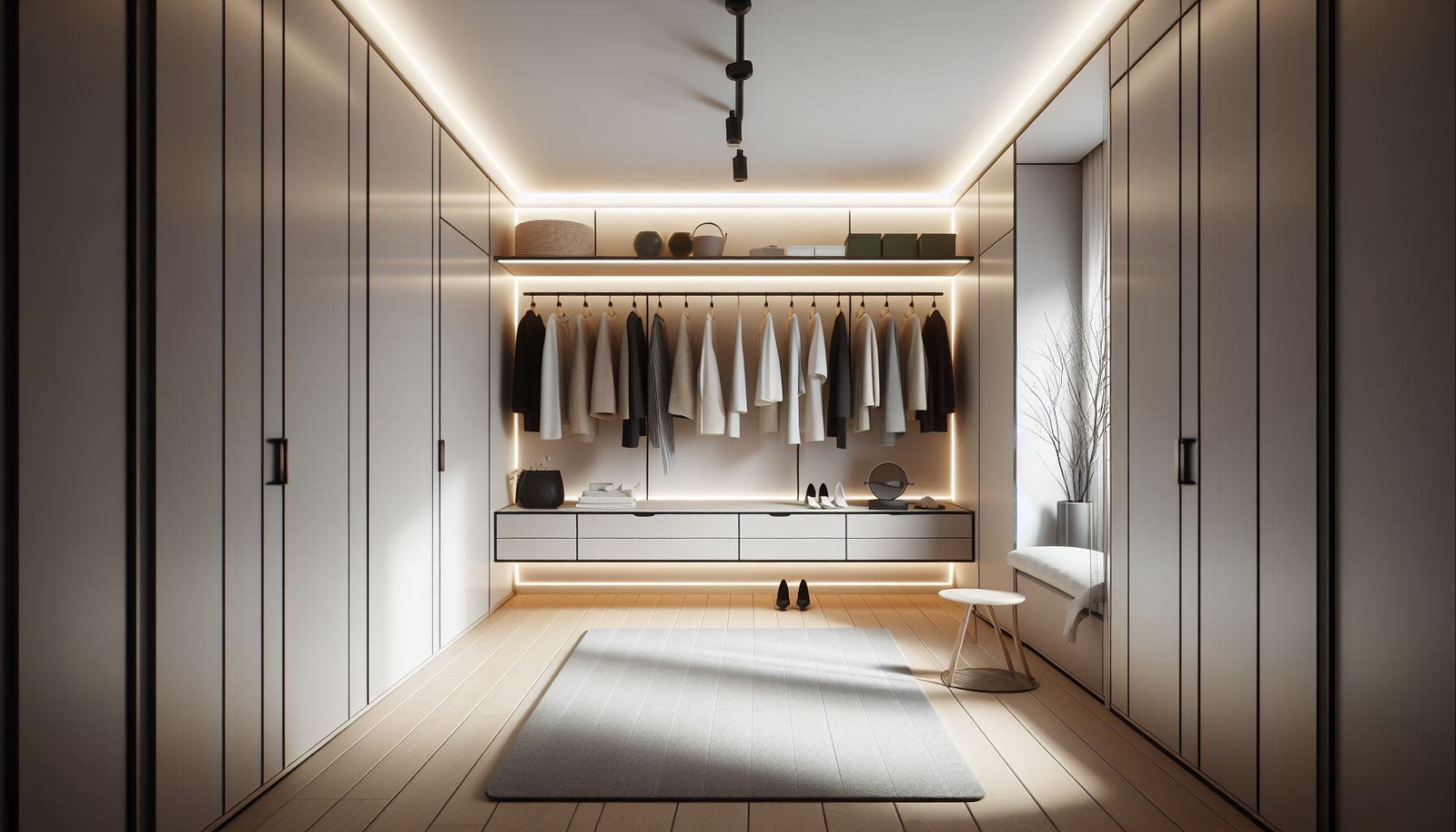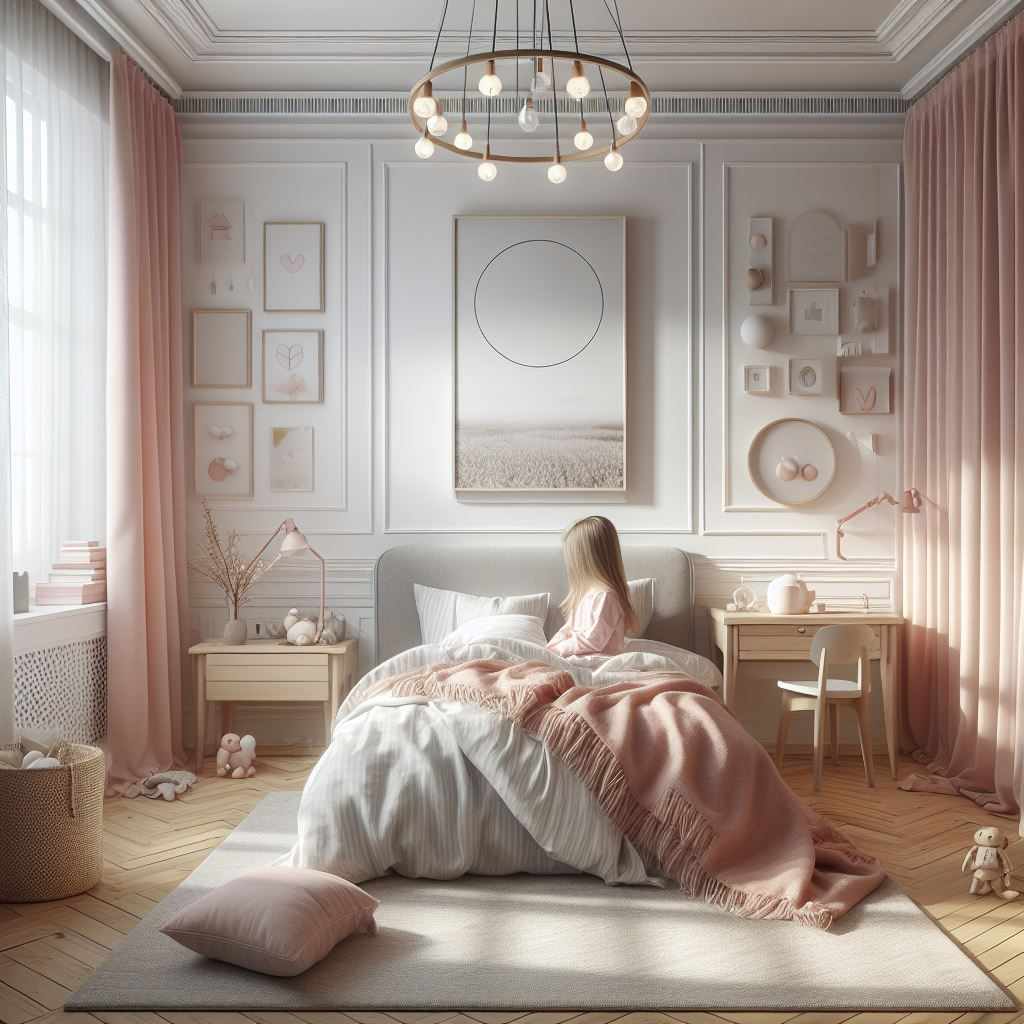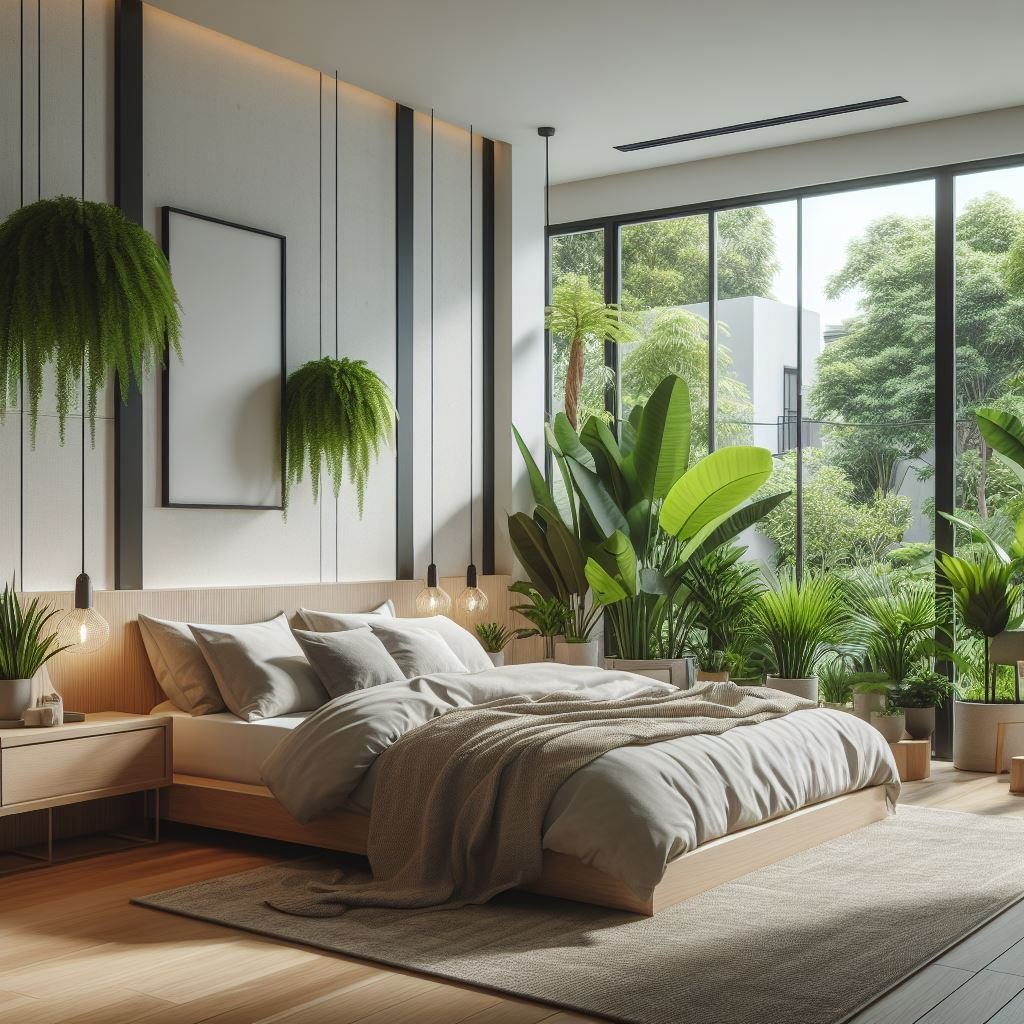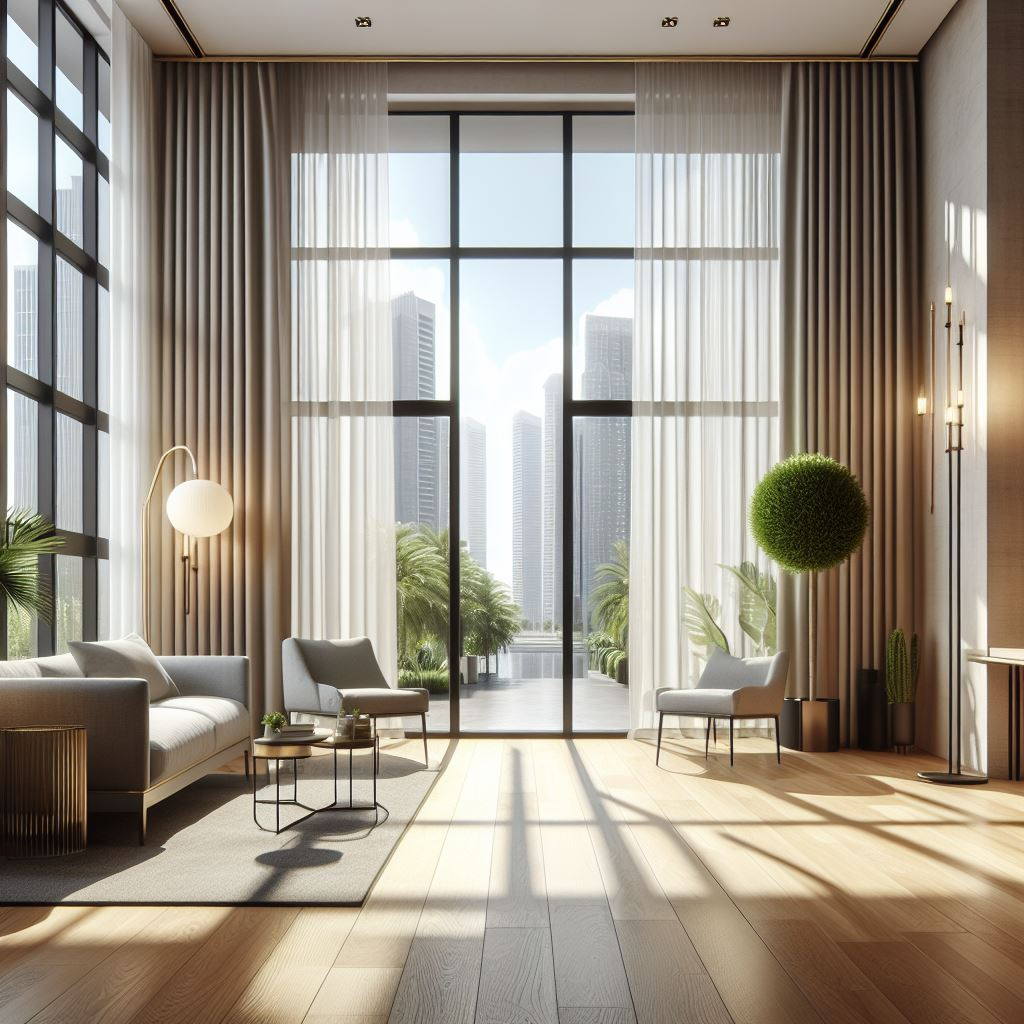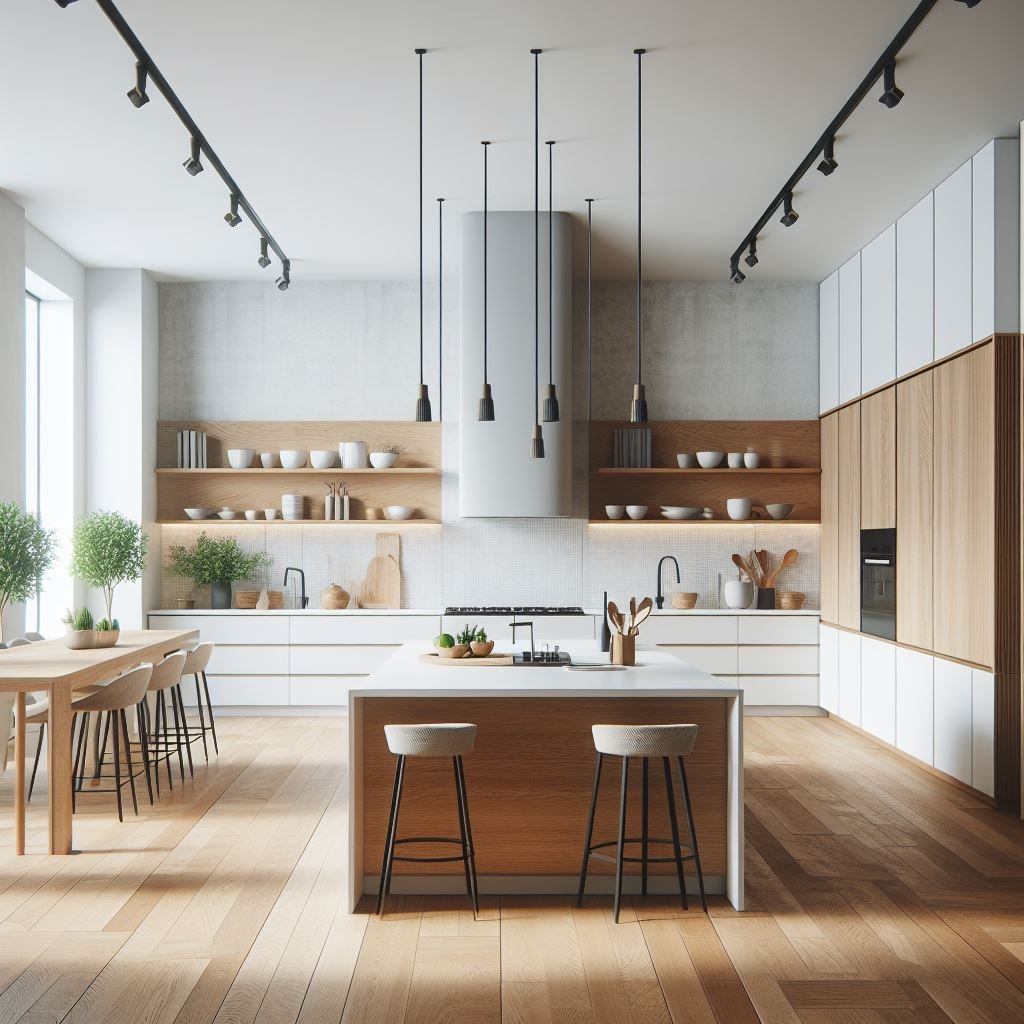Sustainable Architecture: Building for a Greener Tomorrow

In the rapidly evolving landscape of the 21st century, sustainable architecture has emerged as a critical force shaping our built environment. This innovative approach to design and construction prioritizes environmental responsibility, social well-being, and economic viability. Let’s delve into the importance of sustainable architecture and its impact on our world.
Understanding Sustainability
At its core, sustainability means balancing the needs of the present without compromising the ability of future generations to meet their own needs. Sustainable architecture extends this concept to the built environment. Here are some key aspects:
- Environmental Dimension: Sustainable buildings minimize their ecological footprint. They use energy-efficient systems, renewable materials, and consider the life cycle of materials from production to disposal.
- Social Dimension: Buildings impact people’s lives. Sustainable architecture promotes well-being by creating healthy indoor environments, enhancing quality of life, and fostering community connections.
- Economic Dimension: Sustainable buildings offer long-term cost savings through reduced energy consumption, maintenance, and operational expenses.
Challenges and Innovations
1. Energy Efficiency
- Passive Houses: These ultra-efficient homes reduce energy demands by up to 90% through thoughtful design, insulation, and ventilation.
2. Natural Resources and Site Orientation
- Harmonizing with Nature: Architects consider the site’s natural features, climate, and orientation to maximize energy efficiency and minimize environmental impact.
3. Aesthetics and Social Impact
- Design Harmony: Buildings should blend seamlessly with their surroundings, creating a sense of place and cultural identity.
4. Technology Integration
- Smart Systems: Sustainable architecture integrates technology for efficient resource management, from smart lighting to energy monitoring.
The Evolution of Cities
Historically, cities developed based on priorities, functions, and available resources. The industrial age brought new materials and faster construction processes, but often at the expense of nature and human well-being. Today, we recognize the need for sustainable urban spaces that balance growth with environmental stewardship.
Certifications and Standards
- BREEAM and LEED: These environmental standards guide architects toward sustainable practices and certifications for their projects.
Conclusion
Sustainable architecture isn’t just about green buildings; it’s about creating a better world. By designing responsibly, we can build structures that harmonize with nature, enhance our lives, and leave a positive legacy for generations to come.
